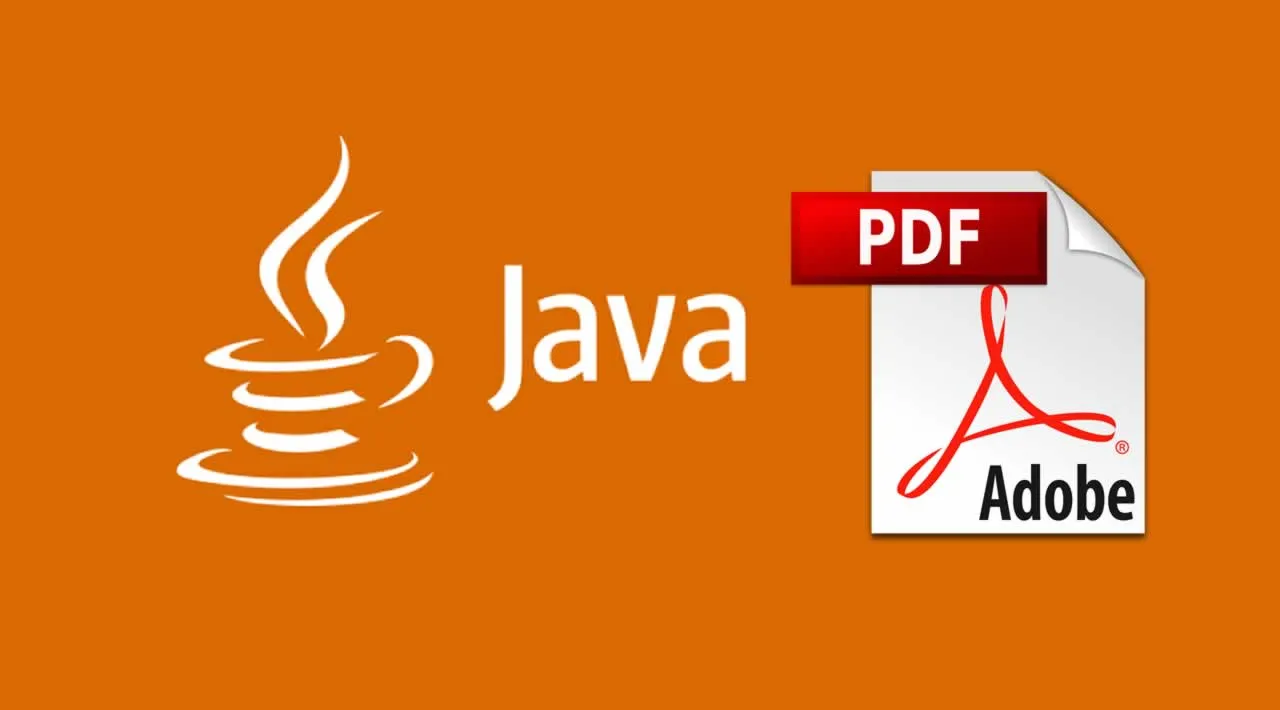Proper documentation, intensive contracts, and extensive manuals form the backbone of the business, though, in modern business, much of this is retained digitally using document file formats such as PDF. Because your organization relies on so many of these forms of documentation, it is integral that you can protect the contents within from errors or outside threats. For the proper precautions to be put in place, utilizing encryption and permissions settings will ensure your PDF documents are only used in ways you deem fit, and cannot be accidentally or maliciously altered by other entities.
Setting these parameters on each document, however, is a daunting and time-consuming task, and, if it is mistakenly forgotten, it can lead to major issues for you and your organization. By using the following two APIs, you can cut this risk as each document will be automatically encrypted with password protection. This password protection includes an owner password to control editor/creator permissions and a user password to control who can view the PDF.
Furthermore, our second API shown below will allow you to set additional permissions on the document including the ability to restrict or allow printing, copying content, document assembly, editing (read-only), form filling, modification of annotations, and degraded printing through document Digital Rights Management (DRM).
The goal of this tutorial is to enable you with the capabilities to protect your information and important documents with the appropriate tools. This will help your organization to run more smoothly and provide added security to your operations.
For the first API, we have a few parameters we need to input for the function to work. These parameters include the user password, owner password, encryption key length, and the input PDF file. For encryption key length, the possible values are “128” (128-bit RC4 encryption) and “256” (256-bit AES encryption), with a default of 256.
#java #api #encryption #pdf
